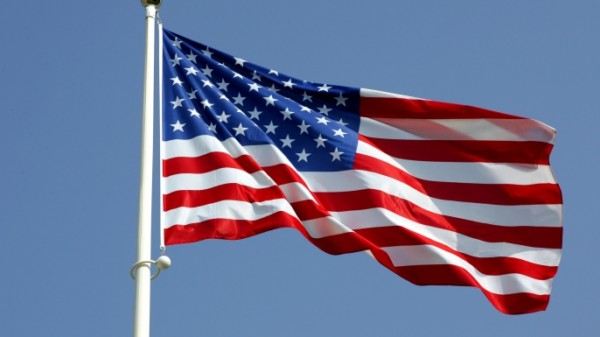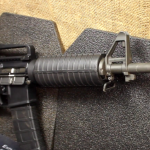Basic Rules Regarding the American Flag
Most of us consider our nation as something sacred, and our flag is one of the most powerful symbols of our freedom and liberty. Did you know that the flag is so important that there are actual federal codes that establish rules regarding how it should be displayed? Let’s take a closer look at the flag code in order to do our part to treat it with honor and respect.
It’s important to note that the code distinguishes between how the government should display and handle the flag and the regular population or organizations. It’s also important to know that states can establish their own sets of rules with regard to how to display the flag, as long as they don’t supersede federal regulations. In fact, each state, as well as the District of Colombia has their own individual flag laws.
Presidential Orders
The president has wide-ranging authority with respect to how the flag is displayed on anything that the federal governments own. The president can not only order flags to be flown at half-mast when appropriate, but the president can also make modifications to the flag code. However, the president can not order state or local governments to do likewise. There are also no criminal penalties against civilians or organizations for not following the flag code or presidential orders. Consequently, there may be a wide-range of rules that relate to the display of the flag, and even some discrepancies, from state to state.
Proper Display of the Flag
The flag should take prominence over any other banner or flag, and it should always be displayed in a respectful manner. The code specifically mentions not draping the flag over the roof, hood or trunk of a vehicle or parade float. However, it can be displayed if it is on a staff and placed in a position of prominence above any other decorations or symbols. The rules also specify that the staff be attached to the chassis or right fender of a vehicle.
When the flag is being marched or displayed alongside other flags, banners or pennants, it should be either in the front and center or to the right side by itself. It should also be placed in a direction that points to the flag’s own right side when crossed with another flag, and it should be slightly elevated above other flags as well. The same applies when placed with groups of other flags no matter how they are arranged. The only time that the US flag should be at the same level as another flag is when it is being displayed alongside the flag of another country. This is done to show respect for the sovereignty of the other nation.
If the flag is being displayed horizontally from a staff that hangs from the wall of a building, out a window or in a similar manner, it should be positioned so the stars are next to and at the edge of the staff. The same applies if the flag is being draped or suspended by a rope above a sidewalk or street. If the flag is going to be displayed flat against a wall, the stars should point to the flag’s own right, or to the left side from the perspective of the observer.
It is customary that the flag be hoisted in the morning and lowered in the evening during daylight hours. However, it is acceptable to keep the flag flying 24 hours a day as long as there is a continuous beam of light shining on it. Flags can also be flown in inclement weather as long as the material is designed for such occurrences. Flags that are damaged, dirty, torn or otherwise not in desirable condition should be removed and replaced in a dignified manner to show respect.
Finally, the flag should not be modified or tailored for display as part of clothing, footwear or commercial merchandise. The flag should also never touch the ground or come into contact with dirt or groundwater. The flag should also never be used to deliver something in, and it should never be buried at a funeral. This is why we see it ceremoniously folded and handed to the next of kin.
This is by no means an exhaustive list of things that we are and are not supposed to be doing with the American flag. The flag represents all that we hold near and dear to our hearts, and it’s a symbol of our strength and resilience. Take a closer look at the flag code, and see how detailed it is with respect to how it should be handled in order to honor our nation as well as those who have dedicated their lives to fight for our way of life.














